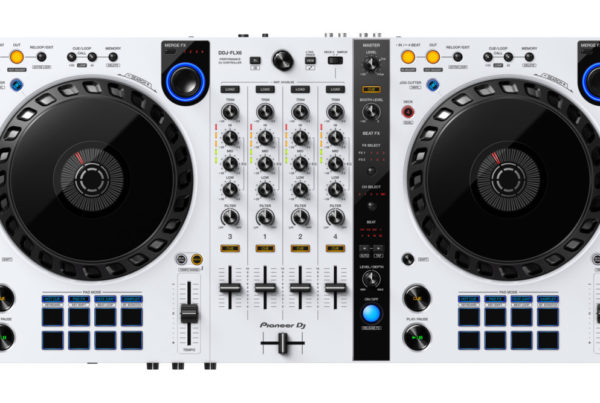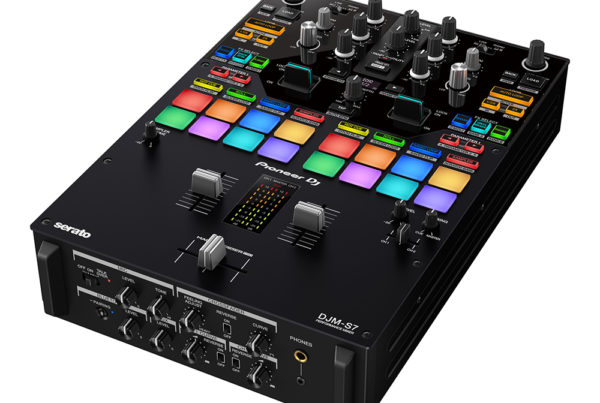Projection mapping, which includes ‘video mapping’, is the process of projecting visual images or video onto any shaped, blank canvas, panel or any set piece, even a building. It has transformed the visual experience at live events, allowing event producers to create many moods and themes within a single event without having to rely entirely on video walls or screens.
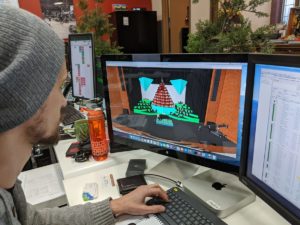
Pali Blaho, a 15 year veteran as a video technician and designer, is the brain behind the mapping process at Production World. He says, “Mapping has allowed event designers to imagine much more and tailor an event with whatever visuals fit in the moment. It is a highly complex process to design and build, but the software gives you unlimited potential.”
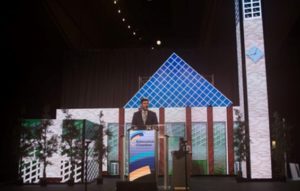
It is a process of defining the surface to be covered and involves masking elements to fit the images exactly to the intended surface. Production World has created complete cityscapes, projecting buildings onto various rectangular pillars. One set even included vehicles driving on the streets — all created through projection.
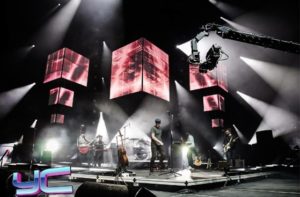
Projection/video mapping, also referred to as ‘spatial augmented reality’, was first used in advertising campaigns by such brands as Unilever and Samsung. The first applications focused on projections targeting buildings. Nowadays, many sports venues such as hockey arenas use it to create dramatic openings before a game. Projections are also often used at outdoor concerts and festivals.
The projection mapping production seen at the 2018 in Olympic games in Pyeong Chang, South Korea, drew much critical acclaim. The virtual worlds created were stunning. The challenge, more-so, was to ensure that projectors were kept warm enough to operate in the cold weather.
Of course, resolution is everything, but thanks to the 4K projectors on the market, HD images (1920 x 1080) can be projected clearly on most surfaces. The key is to ensure those surfaces are not compromised by any other lighting. Christie projectors are among the favorites, gear-wise.
In addition to throwing images onto irregular surfaces, mapping allows producers to animate the set, creating movement on static objects, such as characters seemingly walking around a pillar or twisting cyclones appearing out of nowhere within a column.
It goes without saying that digital technology has opened the floodgates of creativity. Between projection mapping and synchronized drones, nothing is impossible these days. One can only speculate as to what happens next.


